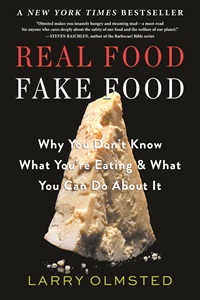Why Origin Matters: A Q&A with Larry Olmsted of Real Food, Fake Food
May 23, 2017

Larry Olmsted Talks Real Versus Fake in the Beverage World
Consumers interact with food and beverage products daily – whether that be in their own kitchen, at a restaurant or in a store. Finding the best products can be a daunting task – especially when labels are often misleading or downright deceitful.
How can we learn to spot imposters in the beverage world? And ultimately, how can we help our consumers distinguish certified from counterfeit? Award-winning journalist and author Larry Olmsted, of Real Food, Fake Food, says, “Checking the label and checking for the product’s origin are key.”
Breakthru caught up with Olmsted recently to learn what other factors can help us educate ourselves and our customers on differentiating between what’s real and what’s a knockoff.
In your experience, what do modern consumers think about geographically indicated beverages?
Larry Olmsted: Consumers are increasingly well informed on food and drink topics, and one thing they’re very interested in are the origins. Where a thing comes from and where it is made, this is important to consumers today. And that’s a great trend for the wine and spirits industry to capitalize on.
What are some of the categories you see where consumers need to pay attention to origin and geography?
The problem is [categories like] Champagne and other products where consumers will see conflicting labels. That’s the big picture. The same is true for Chianti in Italy, Burgundy in France, Port in Porto, Sherry in Jerez, or Madeira in Madeira.
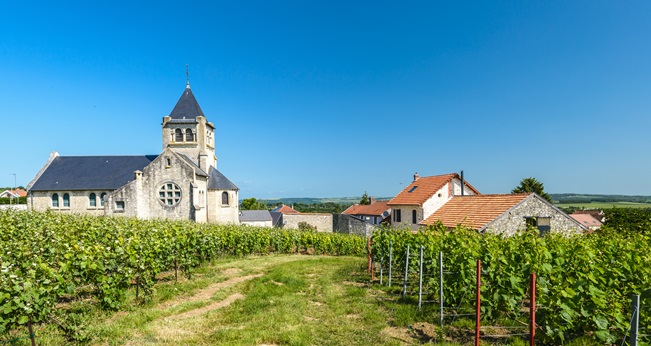
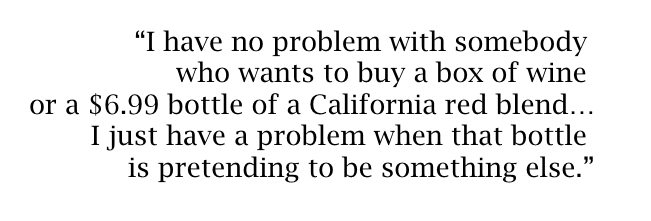
Why are geographic indications often misunderstood and undervalued?
Most of the rest of the world has developed systems for producing things based on the particular terroir that exists where they are made–Vermont maple, Maine lobster, Alaskan salmon. We think of those as geographically indicated foods. They flourish in their particular area. It’s the same with a lot of wine and spirits.
But the U.S. has never adopted a geographic indication system, so we tend to focus on different things. The European system has always been to name a wine after a place, whereas in America we name the wine after varietals. Burgundy wine is named for a place, but when they talk about the red wine of Burgundy it’s a very specific wine. It’s 100% Pinot Noir, by law. [In America] we sell our Pinot Noir as Pinot Noir, and not as a place. You might see “Willamette Valley Pinot Noir,” but they wouldn’t just call it “Willamette Valley” and assume that the consumer knows it is Pinot Noir. Two different systems, neither is better than the other.
The problem comes about because we also make something [in America] called “Burgundy” that has nothing to do with French Burgundy. It doesn’t have to be Pinot Noir, nor does it have to be made in any particular way [as required for] Burgundy in France. So if a consumer sees an American Burgundy, they might confuse it with Burgundy from Burgundy, but it’s a totally different product.
Would customers notice a taste difference?
Yes, and it’s not that there isn’t good Pinot Noir from Oregon. In almost all of these cases, the quality producers are not using the misleading name. So the really good West Coast producers are not selling “Burgundy,” they’re selling “Pinot Noir.”
It’s the same with Champagne. California makes some excellent sparkling wines, and many of the best sparkling wine houses in California are owned by French Champagne companies. But the products they and other quality winemakers produce are labelled “Sparkling California Wine,” and never Champagne.
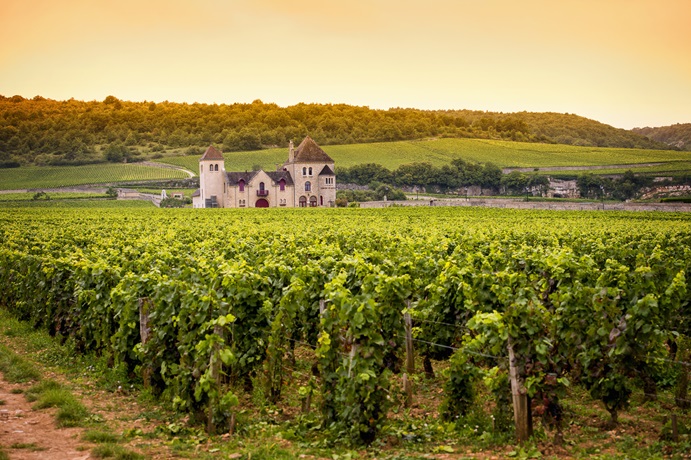

What should consumers look for to get the real thing?
Take Chianti. Chianti produced under Italian law is made from Sangiovese. And there are lots of excellent Sangiovese-based wines made in the United States, but the good producers won’t call it Chianti. So if you want to try that kind of wine, you can try an Italian Chianti or an American Sangiovese, but I would not recommend an American Chianti.
Italian Chianti that meets all the criteria to be considered Chianti will be labelled with a logo and the initials DOCG, Domination Origin Control Guarantee, which is a system created under the European Union to indicate a wine conforms to the criteria that it claims to. Chianti producers have also created a rooster logo to accompany the DOCG label. In France, they have a similar system, granting wines an AOC, or Appellation Origin Control, that conforms to the legal standards for a particular wine. Checking the label, and checking for the product’s origin, are key.
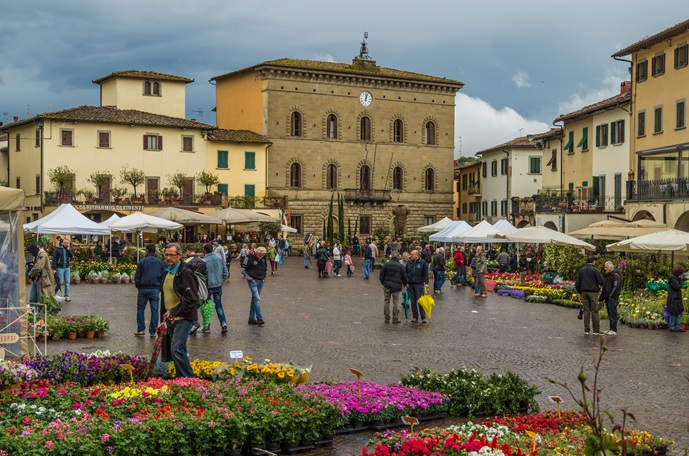

What should business owners look out for?
In most of these cases, where there is a geographically-designated product it’s not just that the product has to be made in a specific place, it has to be made to exacting quality guidelines. In Real Food, Fake Food I talk about this in-depth as it relates to Champagne. The French have spent centuries determining where and how the vines should be grown in order to make the best possible grapes. The grapes have to be hand-picked and [there are] specific ways the wine is to be made. After all that, you have Champagne, perhaps the world’s most highly regulated beverage. Once people understand that, then they see why it costs $35 to buy a bottle of Champagne versus an $8 bottle of American sparkling wine. The average consumer has a disconnect between the name and what goes into it, and that’s where the opportunity for education is.
How would you say location affects how a spirit is made?
I think it is easier to replicate spirit making in different places. For instance, I’m a big fan of Japanese whisky. The Japanese have basically patterned their whisky making specifically on Scotland; they’ve basically replicated that technique. They make great whisky that is on par with Scotch, but they never call it Scotch. With Scotch, there are legal standards related to what you can make it from [and where], how long it has to be aged, and in what manner. You wind up having a standard guarantee of quality. And there’s no low-quality Scotch.
Bourbon used to be made almost exclusively in Kentucky. Not by law, but by tradition. Now it’s being made all over the United States. Some of it is good, some not. In my opinion that has less to do with where it is made than with how.
Tequila, on the other hand, is a very broad category when it comes to quality, and the regulations for what is legally considered tequila are so broad that it’s largely useless. There is great tequila and terrible tequila, but it’s all tequila as defined by Mexican laws. The label may boldly proclaim “Made from 100% Agave,” but that is true of all tequila, regardless of quality.
Is there room for both top shelf, geographically indicated products and their less expensive counterparts?
There is a lot of good inexpensive wine. Viticulture is better than it’s ever been, they can grow more consistent grapes in more places, and I have no problem with somebody who wants to buy a box of wine, or a $6.99 bottle of a California red blend, a Texas red blend or an upstate New York red blend. I just have a problem when that bottle is pretending to be something else.
Olmsted’s closing point is great food for thought – that the larger issue is not that one product is necessarily superior to another, or that someone who purchases domestic products has poor taste. The larger message is that education is key. In order to connect customers with the products they want, we need to be knowledgeable enough to understand what differentiates a bottle of Burgundy Pinot Noir from a bottle of Orgeon Pinot Noir, and how protected regions and origins ultimately affect quality, flavor and price.
Talk to your Breakthru Sales Consultant today about our products from regions around the world.
This interview has been edited and condensed.
For more information on Larry Olmsted and his bestselling book, visit www.realfoodfakefood.com
